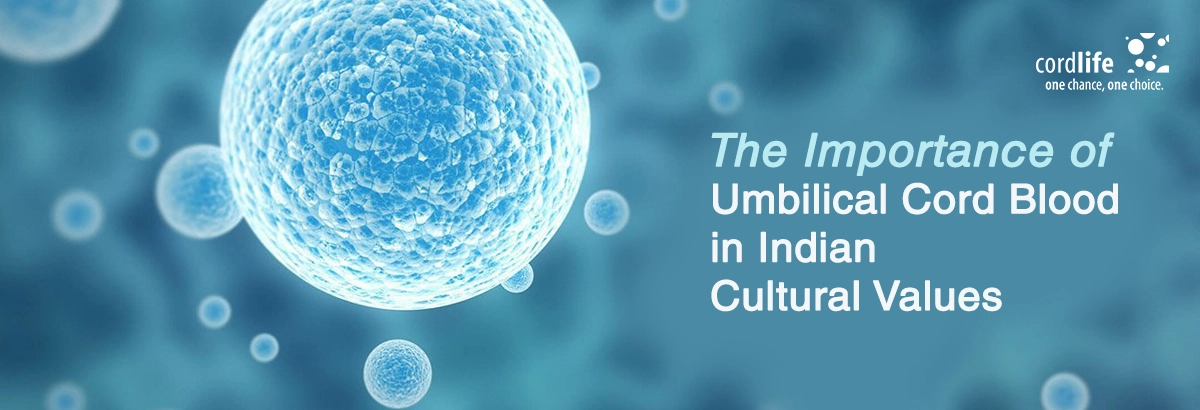Table of Contents
Since 2023, India has had the world’s most dense population, with around 1.429 billion people. 60 years ago, India was a fast-developing country. While every Indian woman can give birth to 6 children, the fertility rate descended to about 2.0, a bit below 2.0, which is required to sustain the population.
After decades of high birth rates, India has a young population. That said, the Indian median age is 30, but 40% of the population is below the age of 25 years. Overall, there are 24 million births in India. Historically in India, there has been a large inequality between the rich and poor. This continues in the agricultural areas. However, in the industrial areas, there is a fast-developing middle class.
There is also a notified shift in customer behaviour – their aspirational spending attitude on luxury and premium goods and services. By 2027, the Indian consumer market will be the world’s largest.
Indian Traditions After Childbirth
As per the Vedic religious texts, the cord blood is defined as a source of life. In some parts of India, it is the centuries-old custom to take the umbilical stump, leave it to dry, and powder it. This powder is preserved in a silver or gold amulet, often worn by the newborn. According to the old Indian cultural themes, it is believed that the child can wear that amulet to restore their strength and to treat serious illness. Additionally, there are several spiritual beliefs surrounding the practice of preserving the cord blood stem cells against regenerative medical therapy. With the progression of time, the cord blood stem cells can bring back life.
Tāyittu is the Tamil word for amulet, which is tied around the baby’s waist, arm, and neck. According to an old study, on the disposal of placentas, a detailed account is given of what is to be done with the placenta, umbilical cord, and dried stump of the cord after childbirth.
That means Tāyittu or amulet and cord blood bank have the same function. The belief in the healing properties of cord tissue, and cord blood, whether preserved in an amulet or stored in a cord blood bank, highlights the hope for future regenerative medicine. This belief presents a compelling case for the choice to store cord blood privately, in a community bank, or to donate it voluntarily contribution to potential future cures.
The concept of continuity of life and long-term health is a recurring theme in discussions about birthing and the use of the amulet, highlighting the cultural significance of the placenta and umbilical cord in Indian traditions.
Following the Life Cycle of Umbilical Cord Blood Banking
Apart from keeping the cord blood in the amulets, traditionally, in India, and the world stem cells were extracted from bone marrow or peripheral blood.
With the advent of stem cell transplantation during the present times cord blood has been considered to be a better alternative for treatment.
Therefore, after the delivery of the baby, the healthcare practitioner cuts and clamps the umbilical cord just a few inches apart. Then, the cord blood is collected and sent to the lab for processing and storing in liquid nitrogen in a cryopreservation tank. They are further sorted and separated into public, private, and community cord blood banks, as per the decision of the new parents.
While in a public cord blood bank, like Jeevan’s Public Cord Blood Bank, the new parents donate the newborn stem cells for medical, and research purposes; private cord blood banking involves extracting the cord blood unit at the time of birth, which is stored exclusively for the child.
There is another type of cord blood bank, which is neither a completely public nor fully private cord blood bank. This type is known as community cord blood bank.
